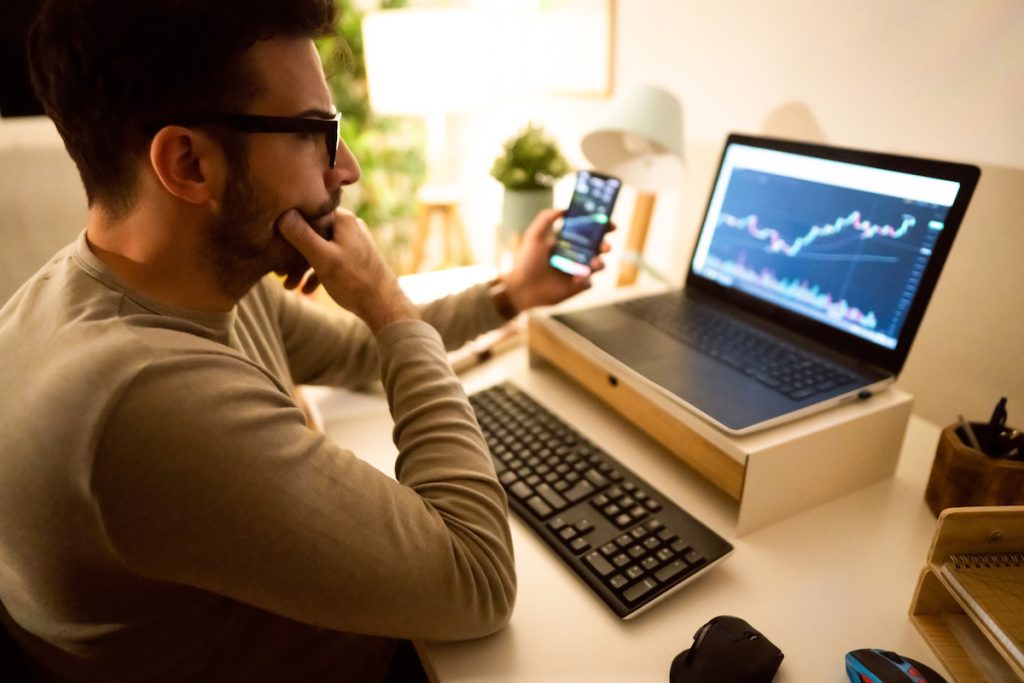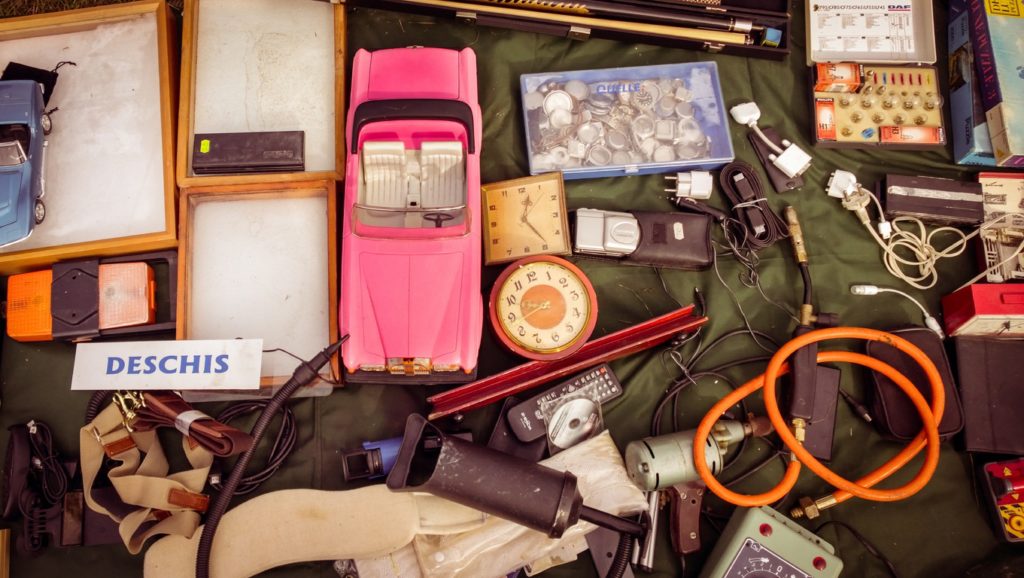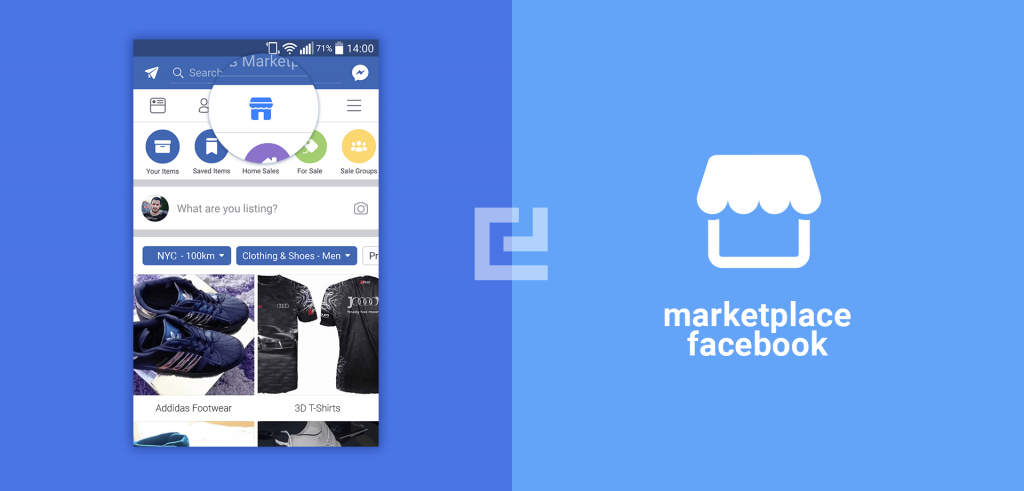Learning how to flip 2000 dollars is a goal within your reach, leveraging different ways that capitalize on both your initial capital and the opportunities available in the market.
The process, often referred to as ‘flipping,’ involves purchasing assets or items at a lower price and reselling them at a higher price.

The concept is straightforward: buy low and sell high.
Yet, the execution requires a mix of smart buying choices, an understanding of the marketplace, and sometimes, a bit of patience.
That’s where this guide comes in. I’ve been flipping money for years and wanted to write up this guide to help my readers learn the best ways to do so.
Here’s How You Can Flip 2000 Dollars

First, you’ll need 2000 dollars fast to begin with. Then flipping $2,000 requires careful selection of strategies with potential for a high return on your investment.
You’ll want to first explore options within stock market investing, real estate, and digital assets for diversified approaches.
Stock Market Investing
Investing in the stock market can be a powerful way to get solid returns if done correctly.
You can use investment platforms like Acorns to start with smaller amounts, or for more significant trades, consider using something beginner friendly like Robinhood.
I currently use both, and Acorns offers returns that mimic the overall stock market returns. According to Forbes, the S&P 500 has returned an annualized average of 10% over the long term.
And with Robinhood, you can choose your own stocks to buy and sell and also use options or buy cryptocurrency and these can shoot up really fast (but also are very risky).
Both are investing apps are currently offering sign up bonuses new users as well, which you can see here.
When trading stocks, it’s crucial to research technical indicators and market trends to make informed decisions about when to buy low and sell high. You can also check out stock research apps that do all this for you.
Related: How to Invest: A Beginner’s Guide to Investing in the Stock Market
Real Estate Flipping
With real estate flipping, you buy properties at lower prices, renovate them, and sell for profit.
Obviously, doing this without any experience is pretty tough. That’s why I resorted to using real estate investing apps so they do all the hard work for me.
I have a good round up of the best real estate apps to use and included the returns of each as well.
My findings? Platforms like Arrived provide opportunities for you to engage in real estate investing without the need to physically manage the properties and you can start with $100. I definitely recommend them and use them personally.
Remember, successful real estate investing often requires market knowledge and a substantial amount of initial capital for investment.
- Invest in rental homes with as little as $100
- Earn passive income from rent payments
- No landlord duties—Arrived manages everything
- Diversify with properties across the U.S.
- Easy sign-up and no accreditation required
Website and Domain Flipping
Buying and selling websites and domain names is a digital-era investment opportunity.
For websites, it involves buying underperforming websites, improving their content and traffic, and selling them for profit and I use Flippa.
Domain name flipping, on the other hand, entails purchasing desirable domain names and selling them to interested parties often via auctions.
I’ve done this by buying domains that I like on GoDaddy’s Domain Auctions, then listing them for sale and waiting. It works. There will always be someone with a new idea and your domain might be the fit.
Both methods require a keen eye for future trends and understanding of online business spaces. This way way requires more work, and research, but it can even offer a way to turn $10k into $100k.
Flippa is a global online marketplace where individuals and business owners buy and sell websites, online businesses and other digital real estate.
Hunting for Opportunities and Value

In your pursuit to flip $2,000, recognizing the potential in underpriced goods is king.
Whether it’s a funky lamp at a yard sale or a vintage jacket at a thrift store, the value you add through reparation, cleaning, or simply reselling in a more appreciative market can translate into significant profit.
I used to flip items since high school and even did it to pay off student loans! Here’s what I learned.
Thrift Store and Garage Sale Finds is The Easiest Method

Dive into the world of thrift store and garage sale finds — the most fun and straightforward path to treasure hunting!
Picture this: thrift stores and garage sales are like caves filled with hidden gems, all just waiting for you to transform them into cash. That vintage dress or old-school record? They’re your tickets to a treasure hunt where the rewards are real!
Here’s how to embark on this exciting adventure:
Be a treasure hunter: Think unique, good-quality items with resale potential. Vintage toys, collectibles, designer clothes, and electronics can be goldmines. Be an early bird at stores and sales to snag the best finds.
Become a flipping ninja: Clean and present your items in top condition. Take clear, well-lit photos from different angles. Research similar items online to set a competitive price. Be honest about any flaws – transparency builds trust and sales.
Remember: Flipping takes time and effort. Not every item will be a hit, so adjust prices, wait for the right buyer, or move on. Most importantly, have fun! Flipping should be enjoyable, so when it feels like a chore, take a break and come back later.
Retail Arbitrage Techniques
Imagine going on a treasure hunt in your local retail stores, where your goal is to find items on sale or clearance that you can sell online for more money. This adventure is called retail arbitrage, and it’s like a game where the prize is real cash.
Here’s how to win at this game:
Start by hunting for deals where items are priced way lower than usual. These are your treasures. Use apps on your phone to scan these finds and see how much they’re going for online. This step is like using a magic wand to see if your treasure is worth gold or just glitter.
But, here’s a twist: you have to play the game smart by remembering to subtract the cost of sending your treasures to their new owners. Shipping can eat into your treasure chest if you’re not careful.
The trick to winning? Pick items that cost you less but can sell for a lot more online. Make sure you count all the extra costs, like shipping and any fees for selling online. This difference between what you pay and what you sell for, minus the extra costs, is your treasure map to profit.
Flipping Items Online to Snag That $2000

You can also flip money by selling and buying stuff, duh!
To try and flip your $2,000, you can also capitalize on online marketplaces and social media platforms effectively.
This involves understanding where to source products, adhering to best online selling practices, and leveraging the outreach potential of social media (yes, everything requires work!).
Where to Get The Goods
When you’re picking products to sell, focus your search on popular platforms like eBay, Amazon, Facebook Marketplace, and Etsy.
It’s no secret that these sites attract lots of shoppers and cater to a wide range of interests. Start by scouting for undervalued items at thrift stores or clearance sales, then sell them online to make a profit.
For eBay, zero in on collectibles, electronics, and fashion items that you can buy cheaply but sell at a higher price. Amazon is great for books, electronics, or bulk items, especially if you use their Fulfilled by Amazon (FBA) program for easier selling.

Facebook Marketplace is ideal for selling locally without worrying about shipping, perfect for items you find at garage sales or discontinued products from big retailers. Etsy is the go-to for vintage or handmade items, appealing to customers looking for something unique.
To flip your finds effectively, you’ll need to pay attention to a few key details. Make sure your listings have clear, high-quality photos and detailed descriptions that include relevant keywords to help people find your items.
Price your goods competitively by researching what similar items are selling for. Also, pack and ship your items carefully to avoid damage and keep shipping costs low to improve your profit margins.
Lastly, have a clear return policy if you’re selling online but if you’re using selling apps, this won’t matter. Being customer-friendly can boost your sales, but always protect your bottom line.
Building and Scaling a Flipping Business
To effectively grow your flipping venture from $2000 onwards, harnessing a particular set of skills and forging a robust business plan are essential. Mastery in these areas will boost your income potential and ensure the longevity of your flipping business.
Developing Essential Skills
Prioritizing market research is crucial for understanding your target market deeply. Analyzing trends, property values, and demand will significantly impact your flipping success. This involves staying updated on what’s happening in your niche, understanding what buyers are looking for, and knowing when to buy and sell.
Investing in your education is also key. Look for courses, webinars, and books that focus on flipping and business management. These resources can provide you with the knowledge and skills you need to navigate the flipping market successfully.
Learning to strategize is another important aspect. This means identifying profitable opportunities and making decisions based on solid information and analysis. It’s about seeing the big picture and planning your moves carefully to maximize profits.
Finally, using social media and networking is indispensable for growing your flipping business. Build connections, market your business, and find deals through your social media accounts. Engage with your audience by providing valuable content and keeping your online interactions active and engaging. This will not only help you market your business but also establish you as a trusted figure in your niche.
Cultivating an Effective Business Plan
Start by setting clear goals for your flipping business. Explain what you want to achieve, how you plan to do it, and what you expect to earn. Think about how you’ll use your initial $2,000, including buying things to flip and paying for any fixes or upgrades they need to sell for more money.
Budgeting is key. Create a budget to help you decide how to spend your money wisely and keep your business finances healthy.
For growing your business, plan out how you’ll reinvest the money you make and how you can reach more customers.
Be ready to adjust your plans as things change in the market. Expect some challenges and have backup plans so you can keep growing your business smoothly.
Risks and Realities
Money flipping, like all forms of investing, comes with inherent risks:
- Capital at Risk: Be aware that the money you invest can be partially or fully lost.
- Market Volatility: Fluctuations in the market can affect the value of your investments. Stay informed about market trends to mitigate this risk.
- No Guarantees: There are no guarantees in money flipping. Even well-researched investments can fall through.
- Risk Management: Establish a risk management strategy to protect your capital. Only invest what you’re willing to lose.
- Timeframe for Returns: Set a realistic timeframe for when you expect to see returns on your investment. Quick flips may be less common than anticipated.
By embracing these principles and acknowledging the risks, you enhance your ability to flip $2,000 strategically and responsibly.
Frequently Asked Questions
In this section, you’ll find targeted answers to common questions about effectively growing your $2,000 through various investment strategies.
Flipping lower-priced items online for a profit or engaging in day trading are strategies you can use. These methods require a good understanding of market trends and demand.
Consider online brokerage platforms for stock market investments or websites for buying and selling domains and flipping items. Research platforms with low fees and good reputations.
ETFs, index funds, or real estate crowdfunding are promising. These options balance potential returns with manageable risk levels for your $2,000 investment.
Diversify your investments across different assets, such as stocks and cryptocurrencies, and use tools like robo-advisors for optimized portfolio management.










